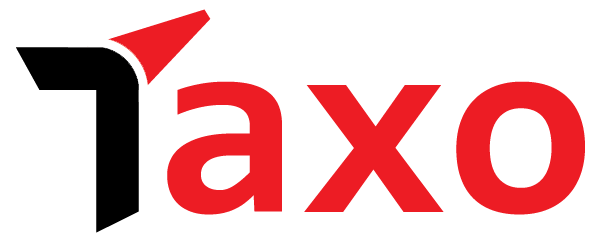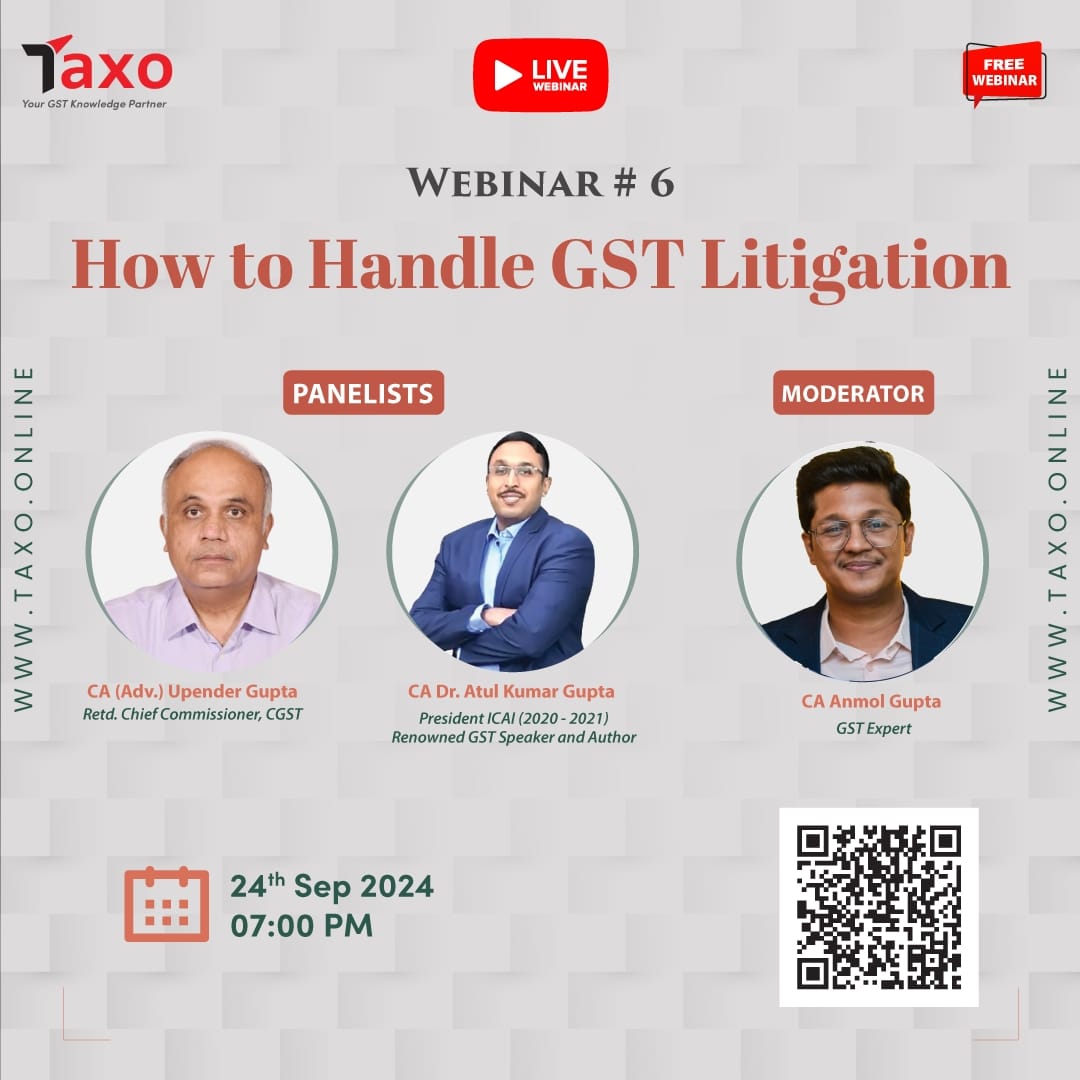 The GST Council could discuss, at its next meeting, a proposal to rationalise Goods and Services Tax (GST) rates by reducing the number of slabs from the current four to three by removing the 12% tax slab, people familiar with the matter said, asking not to be named.
The GST Council could discuss, at its next meeting, a proposal to rationalise Goods and Services Tax (GST) rates by reducing the number of slabs from the current four to three by removing the 12% tax slab, people familiar with the matter said, asking not to be named.
There is a “near consensus” among officials and experts advising the Group of Ministers (GoM) discussing rate rationalisation that the 12% slab has little continued relevance, and essential items used by common people could be placed in preceding slab of 5% and rest could be shifted to the next 18% slab, the people added.
“This could be the most plausible way to undertake a revenue neutral tax rate rationalisation exercise. However, the GST Council has to take a final call,” one of the people said.
The GST Council, which is the apex decision-making body on indirect tax regime, is expected to meet either in June-end or July. The body, comprising the Union finance minister and finance ministers (or senior ministers) of states, has not met since December 2024 and will likely consider proposals related to the rate rationalisation along with other issues, including further ease of compliance, the people cited above said.
The GoM on rate rationalisation was first constituted on September 24, 2021 as per the decision of the 45th GST Council meeting held in Lucknow with the mandate of rate rationalisation, simplification of tax structure and correcting duty inversions. At first ,its convener was former Karnataka CM Basavaraj S Bommai. Later, in November 2023, the convenorship went to UP finance minister Suresh Kumar Khanna. After that Bihar deputy CM Samrat Chaudhary became its convener on February 27, 2024.
The decision to do away with the 12% slab is endorsed by most Union and state government officials, experts and GoM representatives , the first person added.
Currently, India has a four-slab GST regime – 5%, 12%, 18% and 28%, broadly following the principle of lower tax on necessities and higher tax on luxury items. The poor are protected with zero tax on essentials such as unpacked food items, salt, milk, fresh vegetables, educational and health services.
The 12% tax slab includes items such as condensed milk, caviar and caviar substitutes prepared from fish eggs, drinking water packed in 20 litre bottles, walkie talkies, tanks and other armoured fighting vehicles, contact lenses, cheese, dates and dried fruits, frozen vegetables, sausages and similar meat products, pasta, jams and jellies, fruit juice-based drinks, namkeens including bhujiya, curry paste, mayonnaise, tooth powder, feeding bottles, carpets, umbrellas, caps, bicycles, specific household utensils, furniture made of cane or wood, pencils and crayons, handbags and shopping bags made of jute or cotton, footwear priced lower than ₹1,000, diagnostic kits, and marble and granite blocks.
Services attracting 12% GST include specified construction work,hotel rooms up to ₹7,500 per day, transport of passengers by air —with or without accompanied belongings — in non- economy classes, certain types of multimodal transportation, and specific professional, technical and business services.
Source: The Hindustan Times


